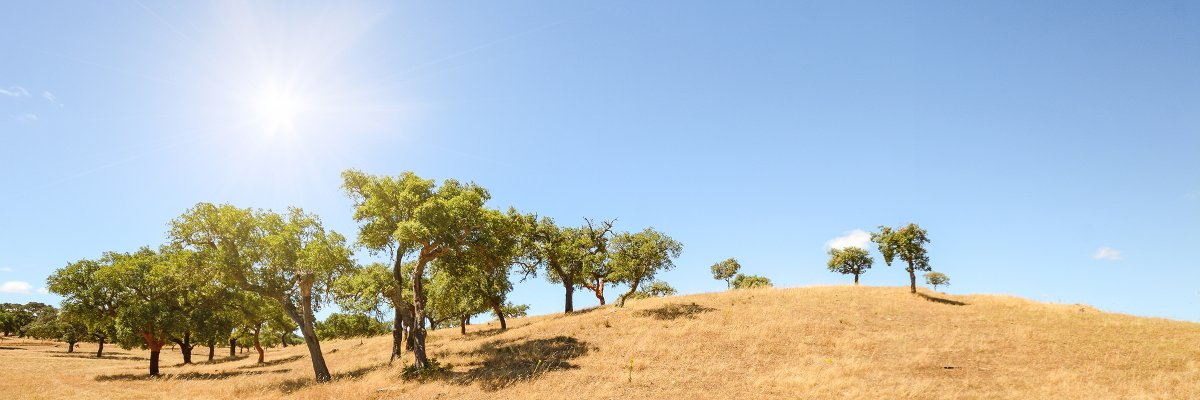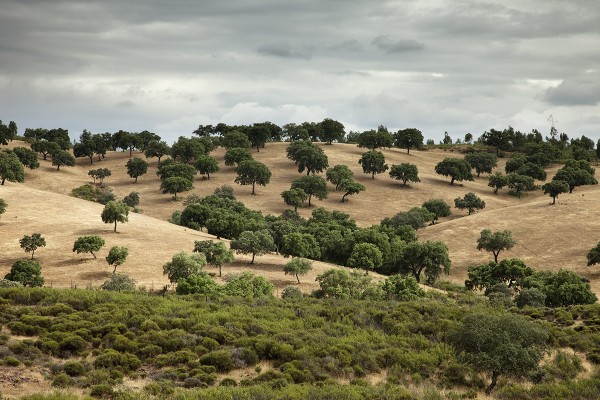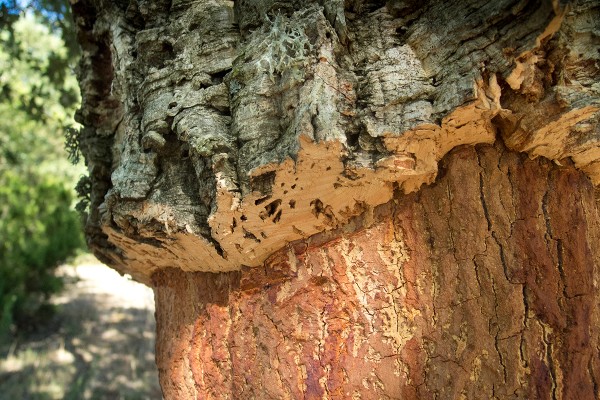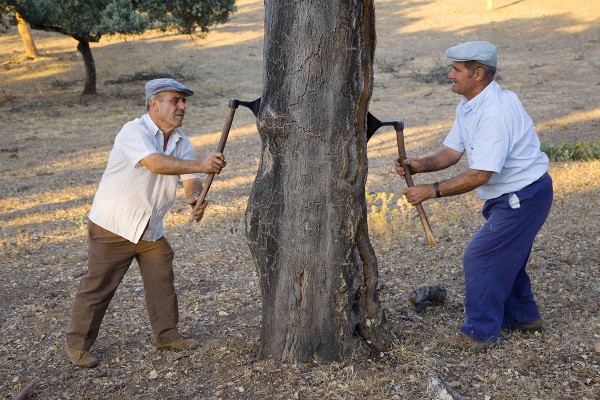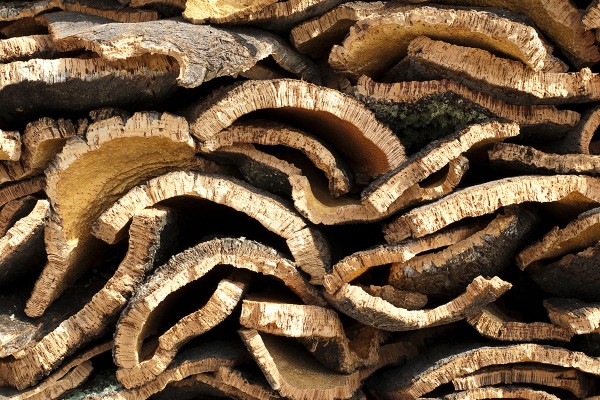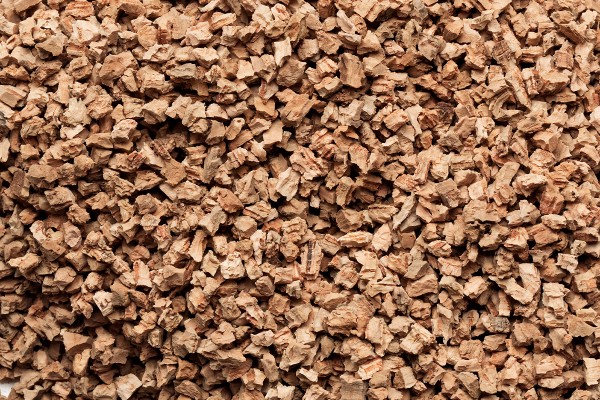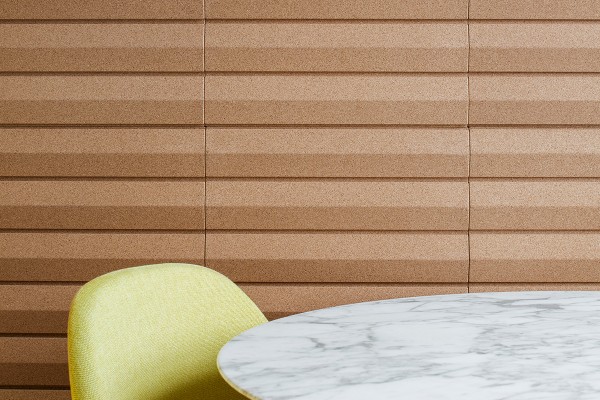Cork comes from the cork oak, the only tree whose bark regenerates. It is used to produce a variety of products, including (most notably) wine stoppers, architectural products, aerospace and transportation components, consumer goods, construction products, and, of course, Spinneybeck’s cork wall tiles.
Environmental Impact
The cork oak trees of Portugal are so important to the Portuguese population that they cannot be legally cut down. These forests are one of the 35 most important ecosystems in the world—comparable with Amazonia, the African Savanna, and Borneo. These forests retain up to 14 million tons of CO2 annually, contributing to the reduction of greenhouse gases.
Characteristics of Cork
Cork is a natural raw material that is one hundred percent biodegradable, recyclable, and renewable. It’s also very light, weighing just 0.16 grams per cubic centimeter. Cork can float and has an elastic memory that allows it to be compressed to around half its thickness and return to its original shape.
Cork is practically impermeable to liquids and gases, highly resistant to moisture, and an excellent thermal, acoustic, and vibration insulator. Scrap material can also be ground up and formed into new products, giving it an incredibly long lifespan.
Harvesting
Cork harvesting is done entirely by hand to avoid causing harm to the tree. Extractors use sharp axes to make strategic cuts along the trunk to separate the bark from the tree. The process of harvesting cork is incredibly delicate because, even though cutting the cork requires quite a bit of strength, the extractor must not harm the tree. Over a decade, the bark will regenerate and can be harvested repeatedly over the course of the tree’s life.
Drying
The harvested bark sections are stacked in piles in the forest or factory yards and left to dry. An average of 40 to 60 kg (90 to 130 lbs) of cork is harvested from each cork oak. After the harvest, the tree itself is marked and numbered so that future harvesters will know that particular tree needs nine to twelve years before it is harvested again.
Recycle, Reuse, Repurpose
Just 25–30 percent of cork is used to manufacture natural stoppers, but what is left is not wasted—it is transformed into granules and returned to the production process. The same happens when cork stoppers are rejected by quality control. Unused cork, scrap, poor quality, and dust are collected for processing into other cork products or even burned for heat in the factories. Nothing from the cork tree is wasted.
A Low-Impact Process To Boot
Spinneybeck’s cork wall tiles are produced in a low-impact process that involves collecting waste and recycled material, grinding it into granulated cork, and mixing it with resin before pressing it into molds to produce the varied tile designs.
